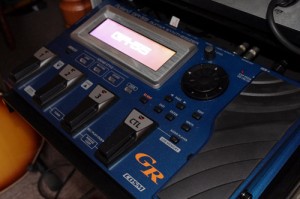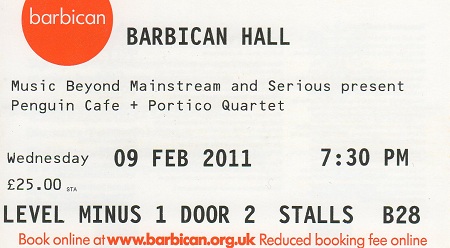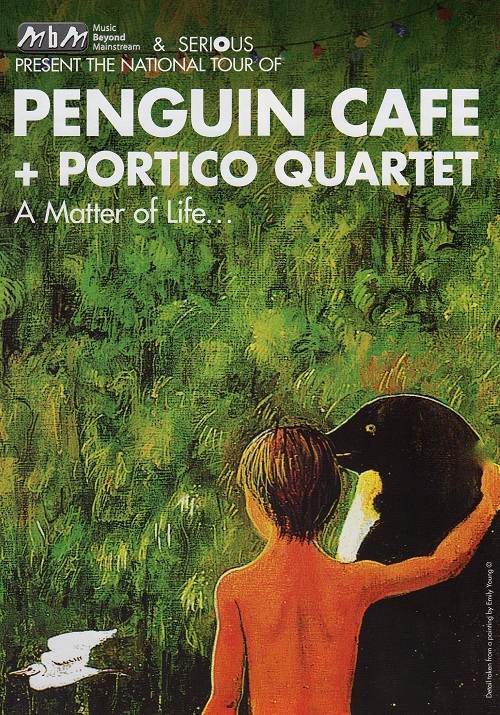I came to the Caravan party a little late, discovering their music in July 2000 when I picked up their compilation “Where But for Caravan Would I?” and was immediately a fan. I always say that if I were a contemporary of Caravan, then this would be the band I’d be in. They probably match my level of technical competence – not too flashy, but full of soul and ideas.
With the 40th Anniversary edition of their seminal 1971 album, I shall be talking mainly about the 5.1 Dolby Surround Sound mix that appears on the accompany region-free DVD. Over the years, I have become quite interested in these surround mixes put out by classic bands as they often throw up new auditory experiences for the listener, uncovering instrumentation that’s often been buried in the mix.
The thing about this record is that while Steven Wilson of Porcupine Tree does a sterling job of the mix, there’s not a lot here to impress the listener. The problem with Caravan is that they are not a symphonic band like Genesis or have the power or detail of a King Crimson, so this remix just sits there and does its job nicely.
Granted it’s nice to hear the acoustic guitars of “Golf Girl” and the sub-woofer thump certainly reinforces the mix, with the bass now being a more prominent member of the team, but it’s hard to overly excited by this remix. The last remaster done at the start of the millennium is a good starting point, and the mixes here (and the stereo mix for that matter) doesn’t really bring anything new to the table, but they are obviously cleaner.
Yes, you are getting the ultimate Caravan listening experience, but I would argue that the work here isn’t as radical as what you hear on the Genesis or King Crimson 5.1 surround mixes. That’s because what you hear on a Caravan album is very much a live experience committed to vinyl. There’s no multi-layering of instruments as you’d hear on King Crimson’s “Lizard” for example and you don’t gain any extra “ooomph” either.
While Steven Wilson has done a great job, retaining a lot of the original’s roundness and warmth, it’s not going to blow anyone’s socks off. But maybe it’s because this album was more about the original homespun “vibe” than supersonic, 21st century, clarity? What you do get is good separation of the instruments and for those of you who want to study the record, you are going to be more than satisfied with this.
The DVD also contains two Beat Club appearances by the band, which if you look hard enough are already available to view on YouTube. The quality isn’t bad and certainly makes interesting viewing if you are unfamiliar with the clips.
The packaging is great, but the record company has scrimped by not including a plastic outer slipcase that often comes with these “Deluxe Edition” releases and instead the fold-out four-panel sleeve is initially secured by a seal that needs to be broken to open the case – meaning you can seal it up again. The inner booklet is packed with the usual collection of photos and there are some nice words to read.
The CD side of things sees the album being expanded over two discs. The first disc contains the album with three extra tracks tacked onto the end. I’m one of those weirdos who likes albums to keep their original tracklisting and any extra material to be put on a separate disc. The stereo mix is very clean and there’s some excellent separation on show. Comparing it with the reissue from a decade ago, this version just has the edge in terms of crispness and definition, but there’s really not much in it.
Some of the extra material from this release also appeared on that previously-expanded edition, but whoever compiled this collection has really pulled out the stops and collected enough relevant extra tracks to fill a second CD including five live tracks from various BBC sessions.
The bottom line is that this really is the ultimate edition of this album and represents excellent value if you don’t own “In the Land of Grey and Pink” in any format. If you are not interested in the 5.1 mix or the extra CD, then I am not so sure this is such a good buy, but fans are fans and the MusicBizTM knows that like slavering dogs we will buy our favourite albums again and again and again!
Overall, a positive experience…
And here’s the review I posted on YouTube:



![penguin-cafe-a-matter-of-life[1] Penguin Café - A Matter of Life...](http://www.darrenlock.com/wordpress/wp-content/uploads/2011/03/penguin-cafe-a-matter-of-life1-300x263.png)




